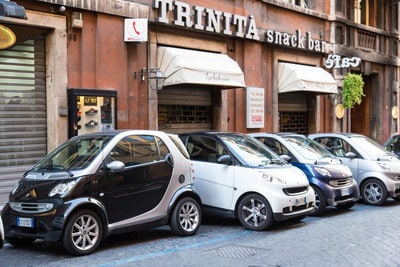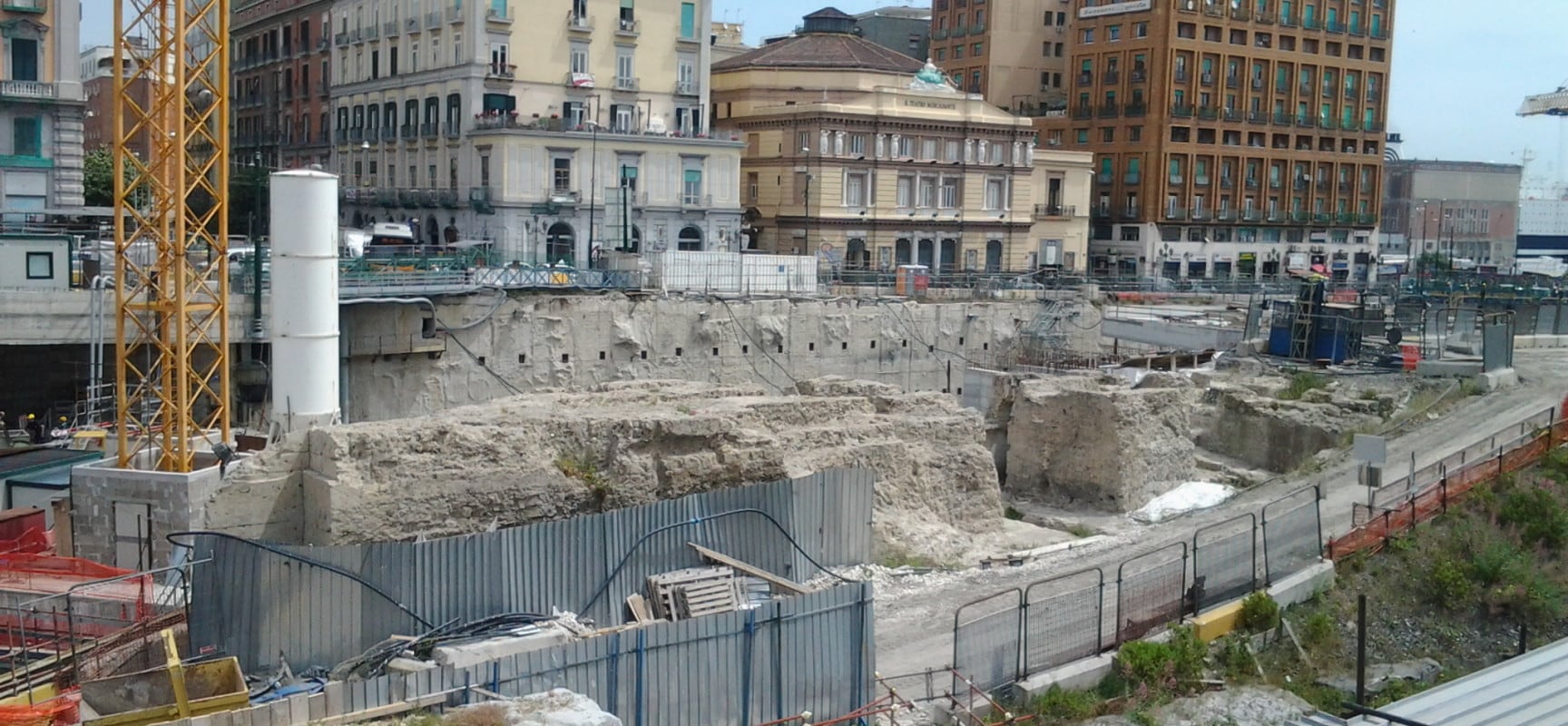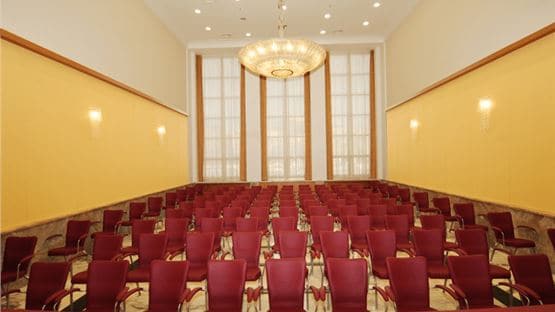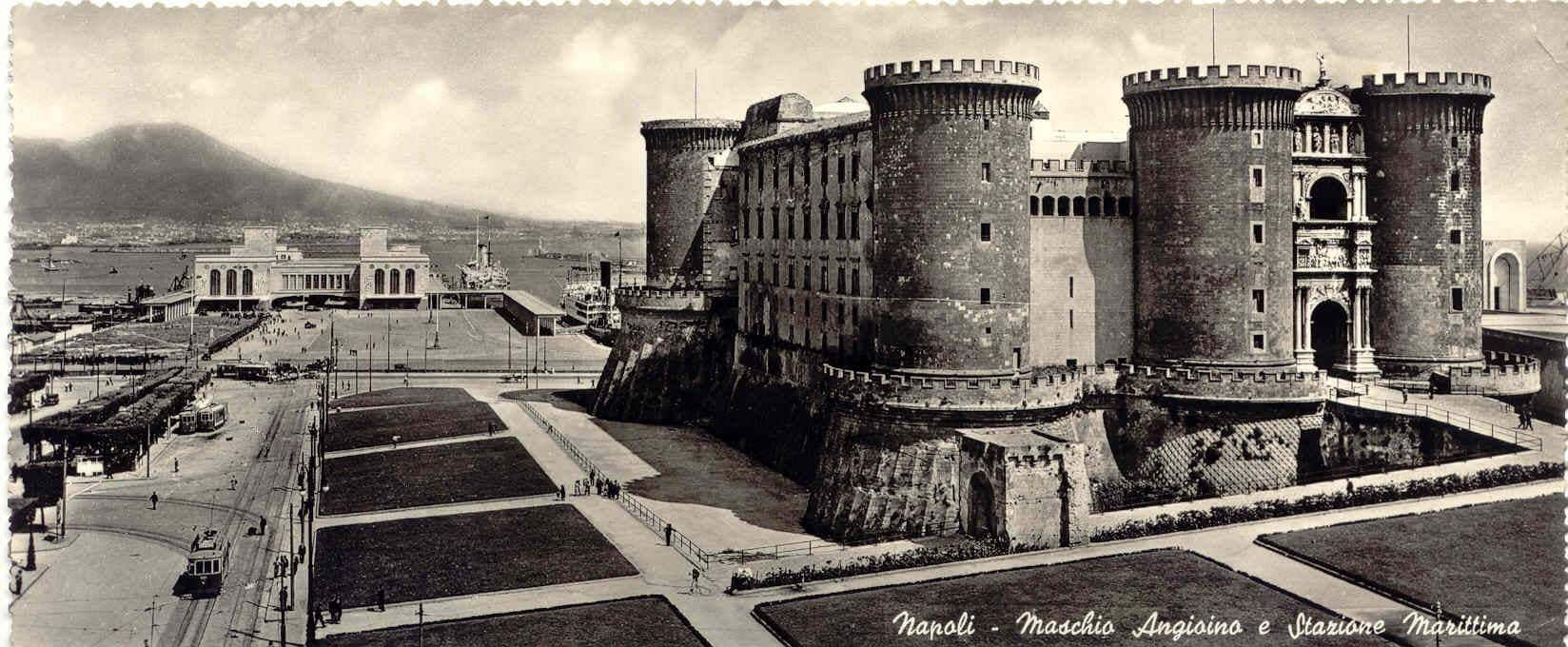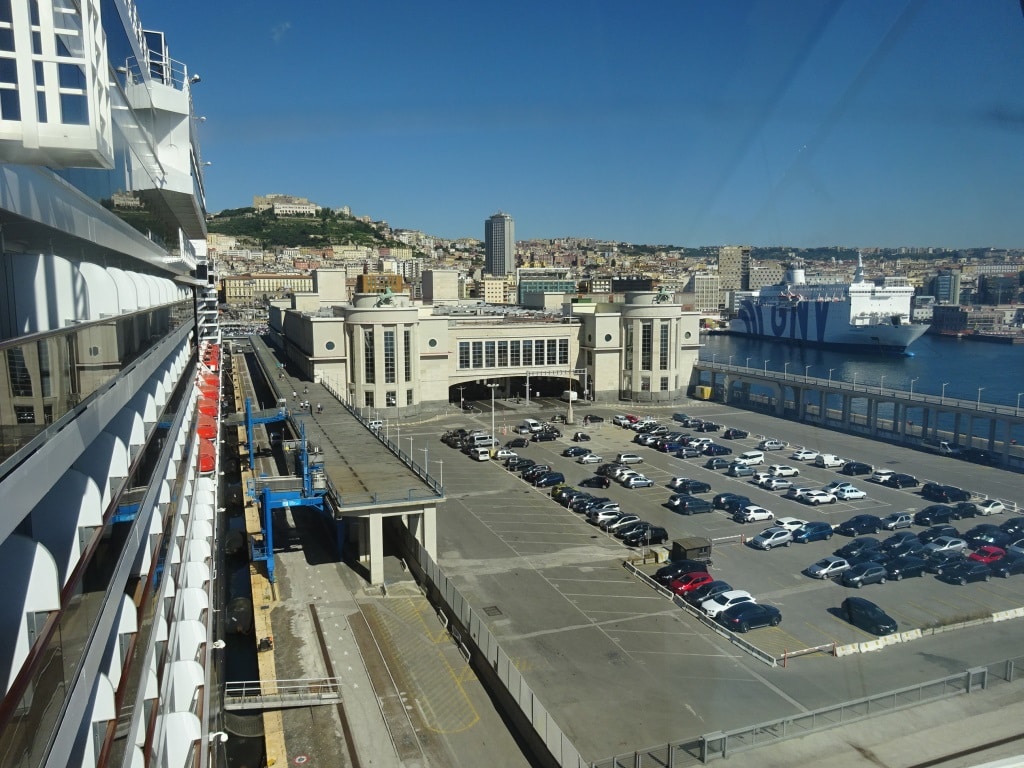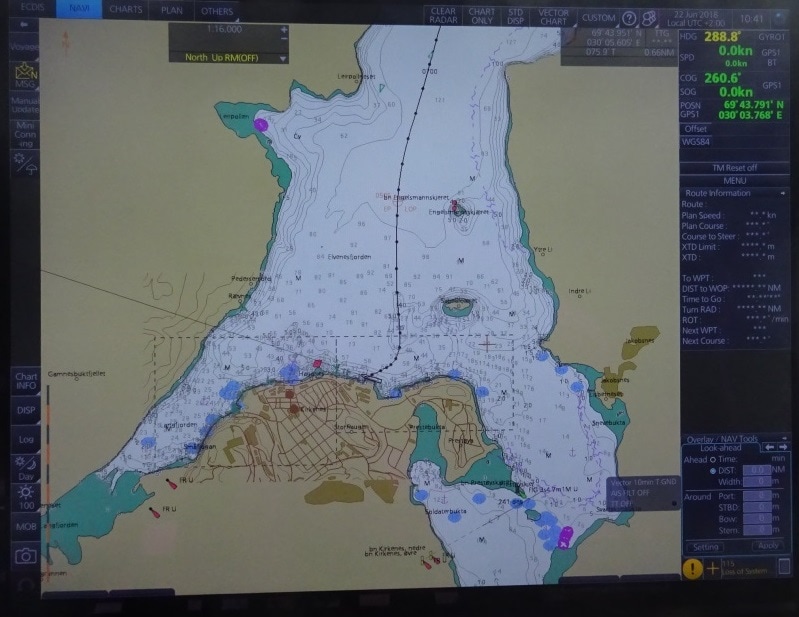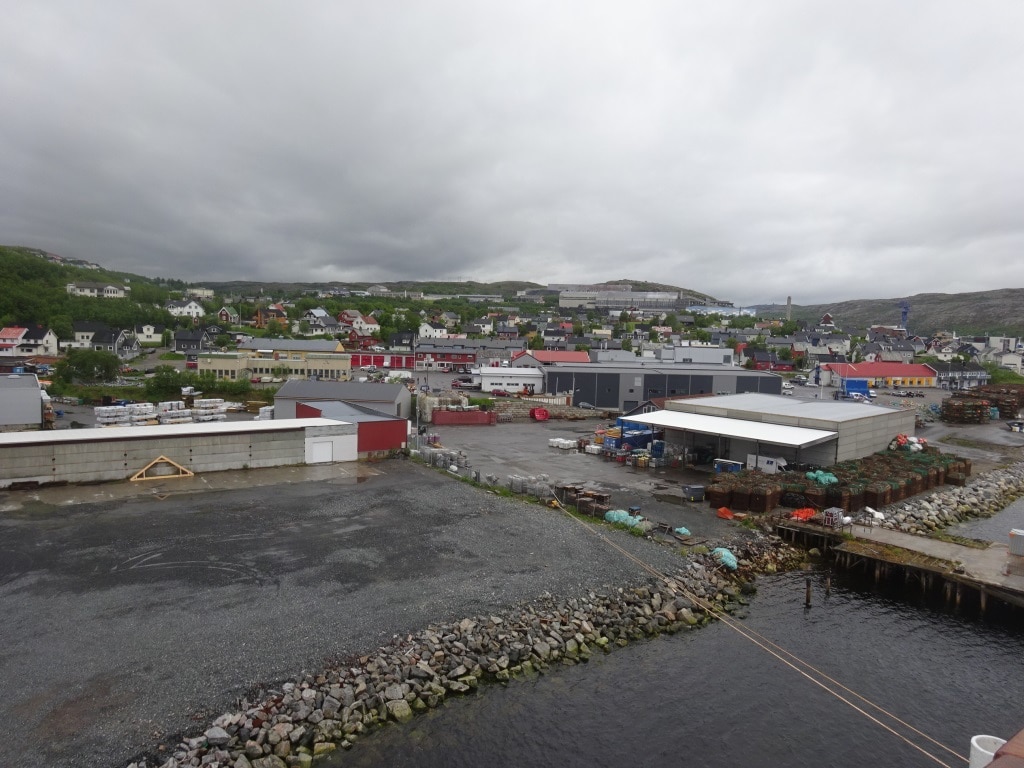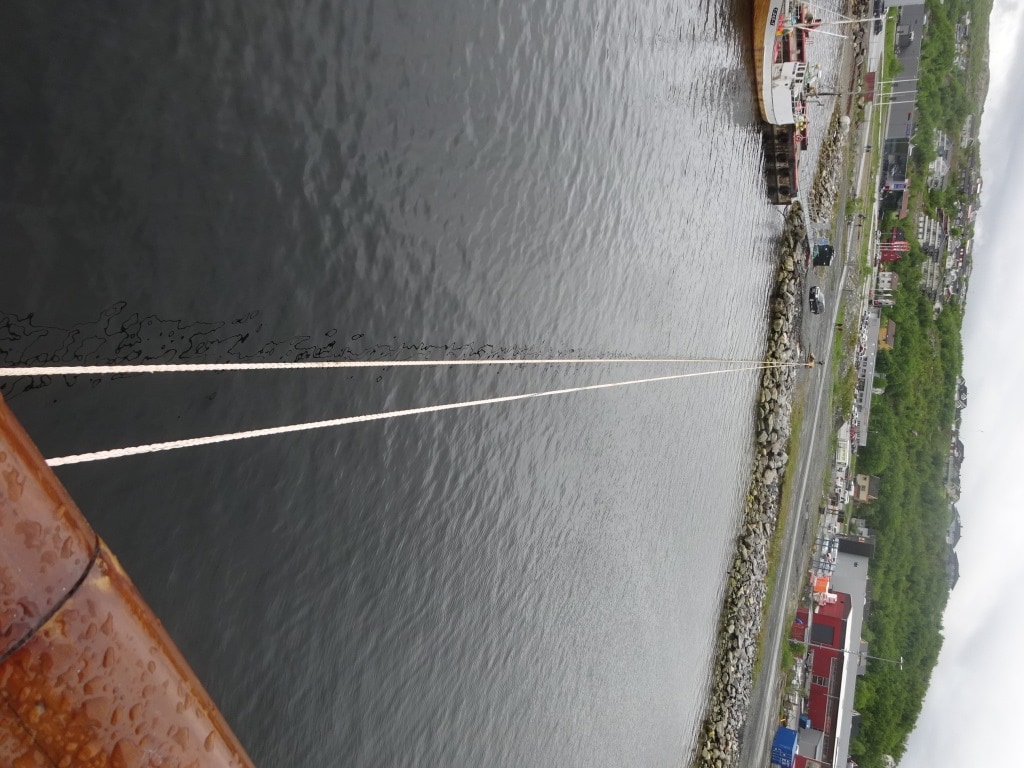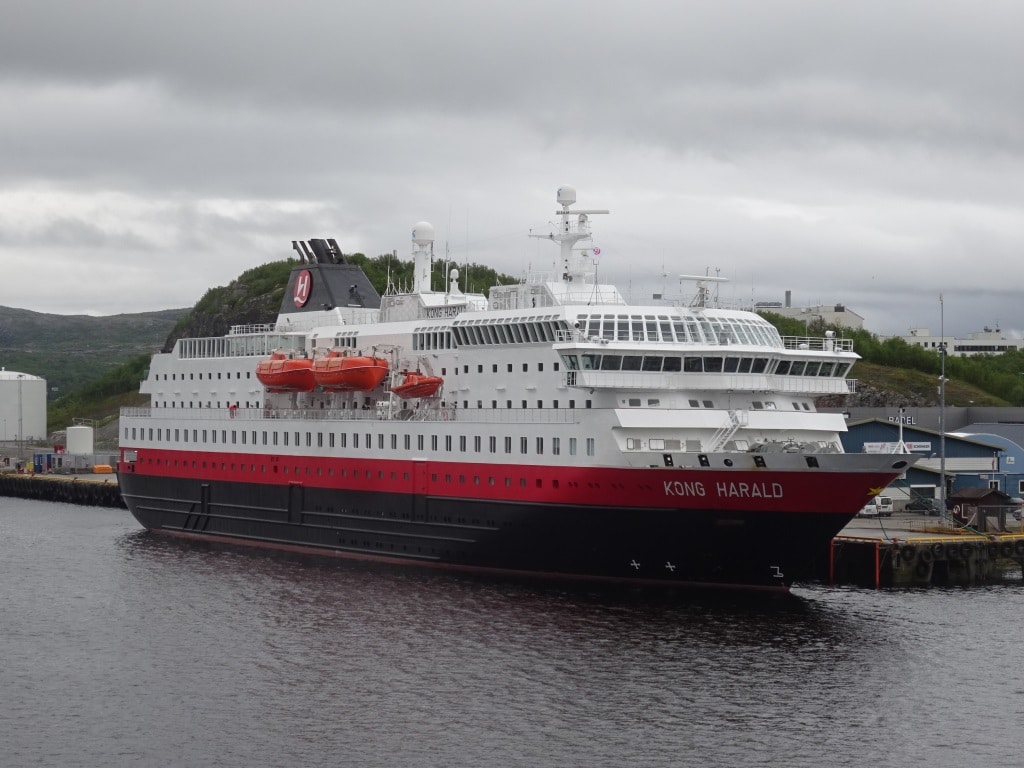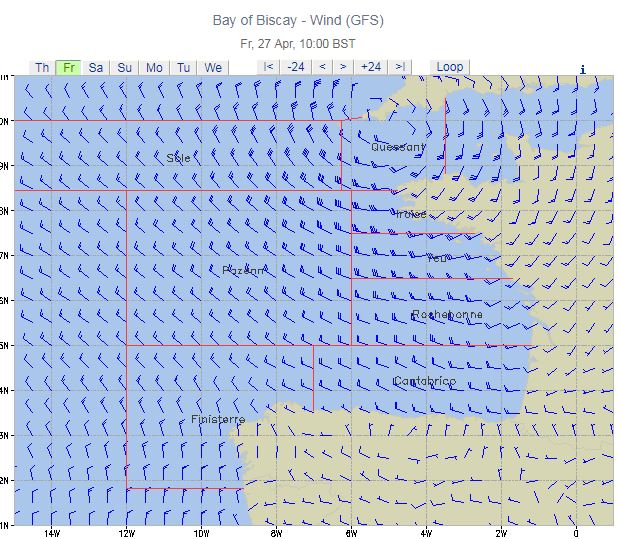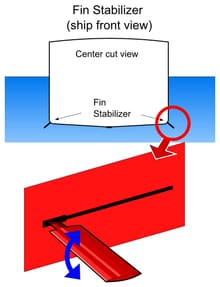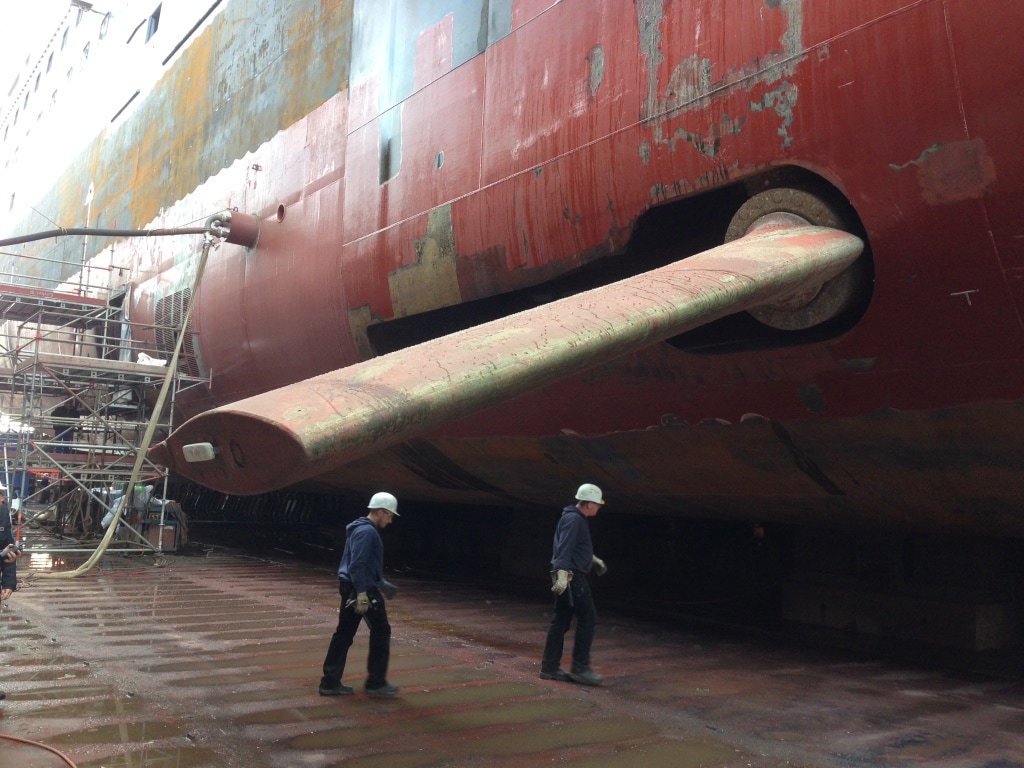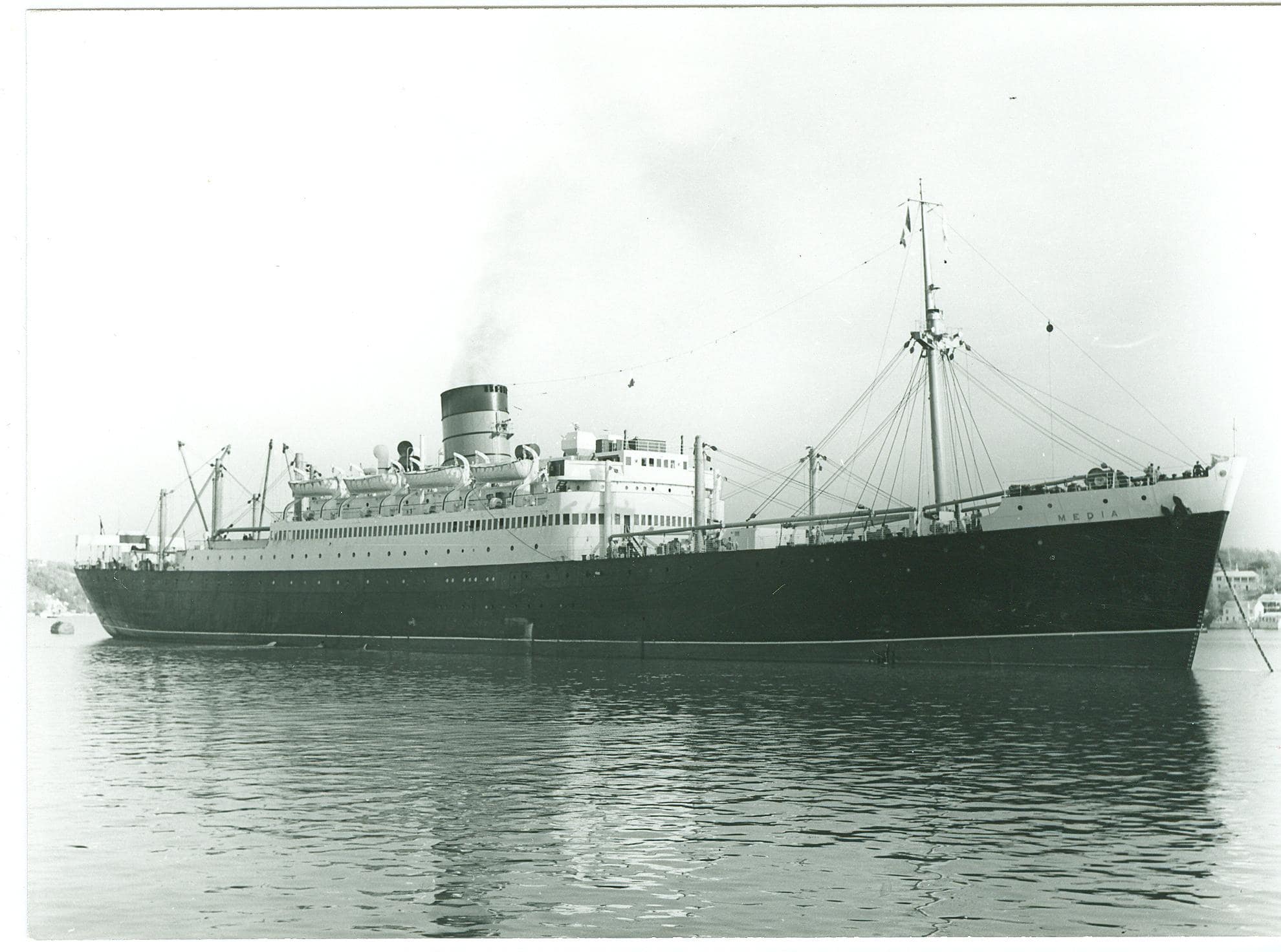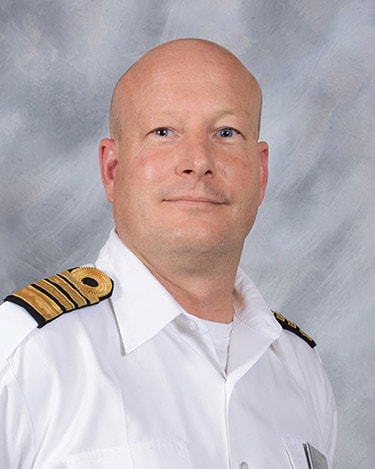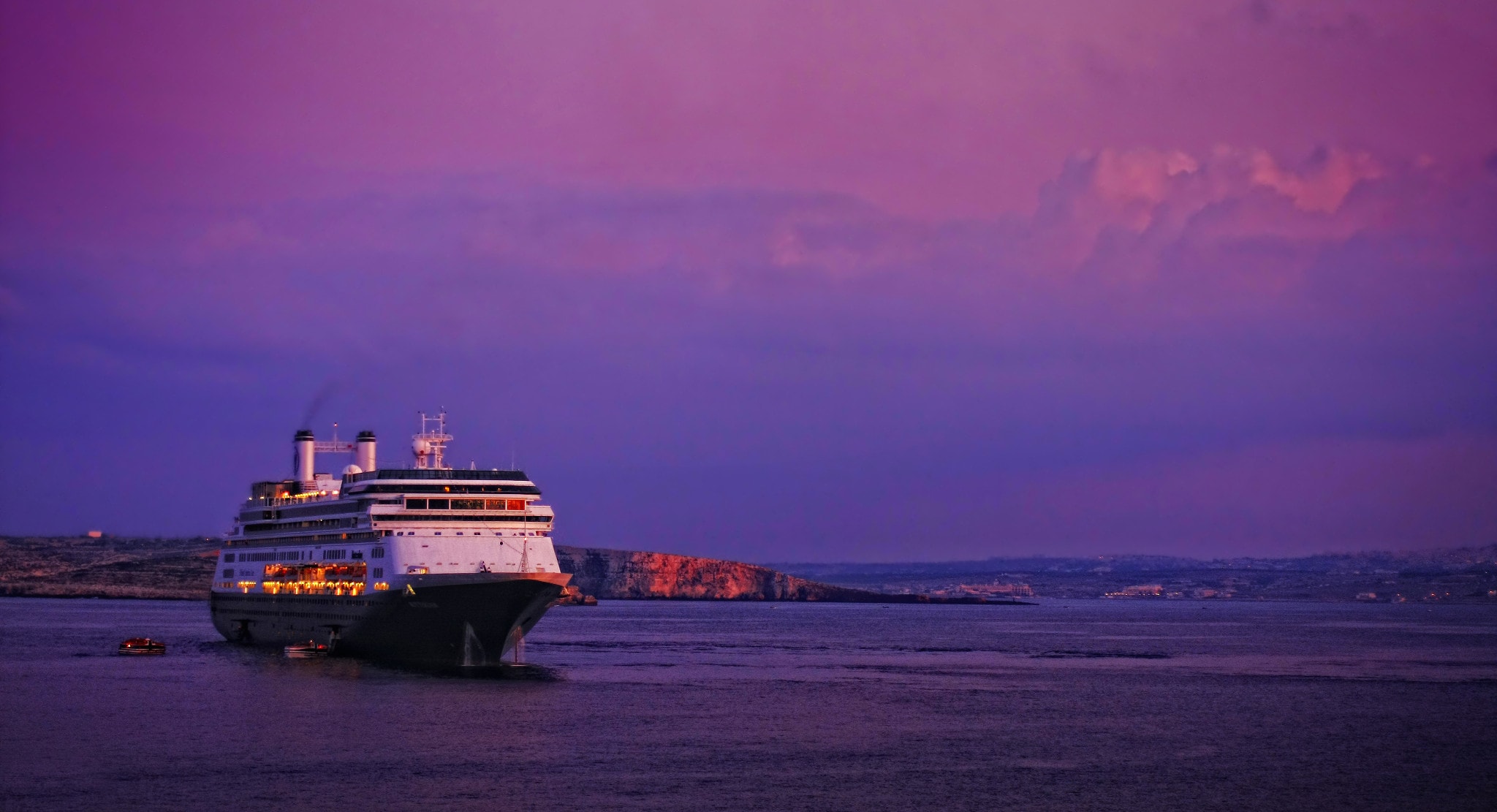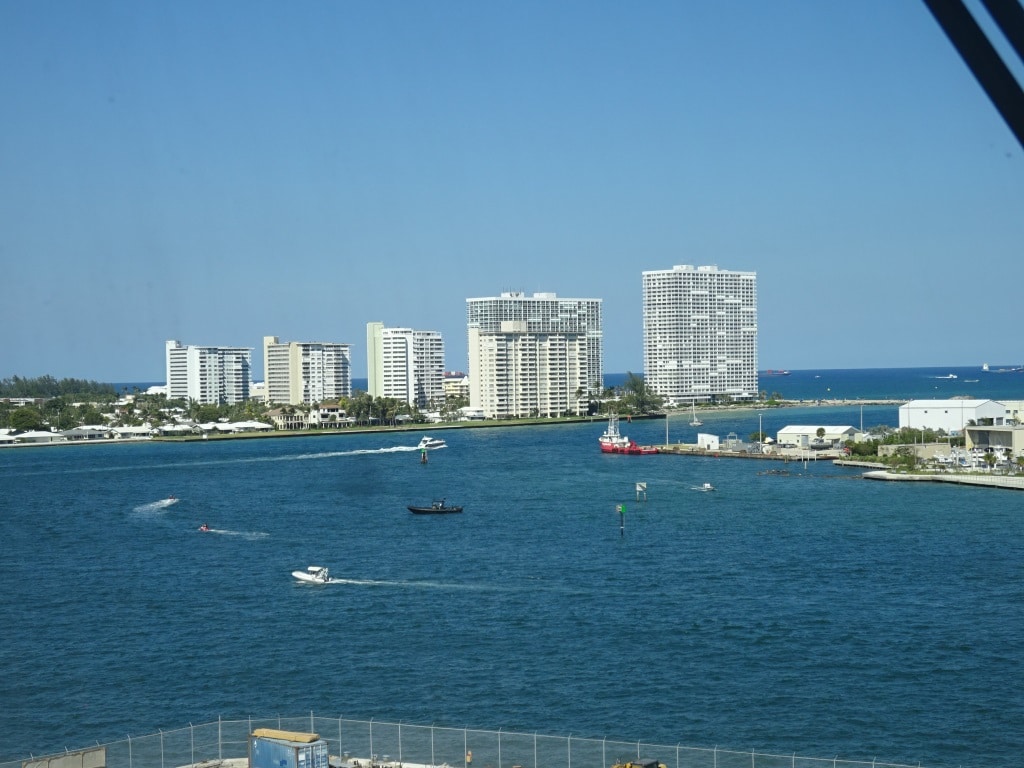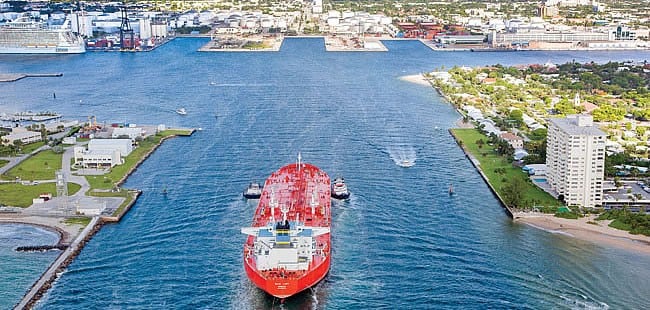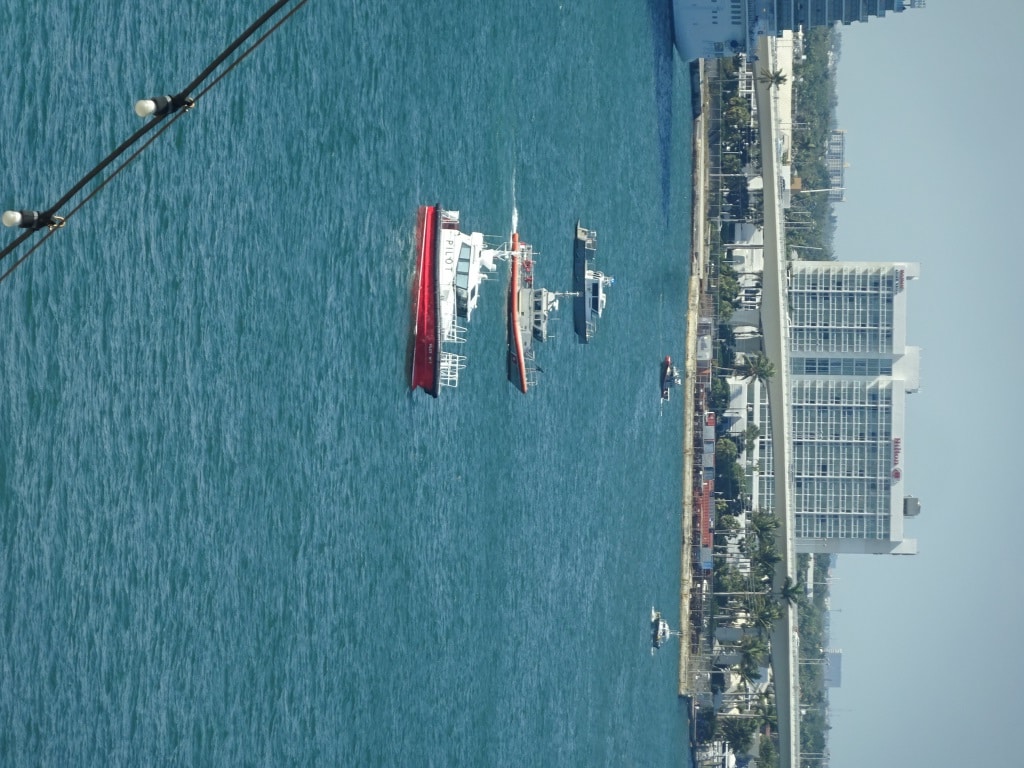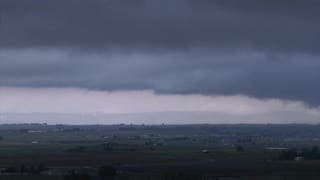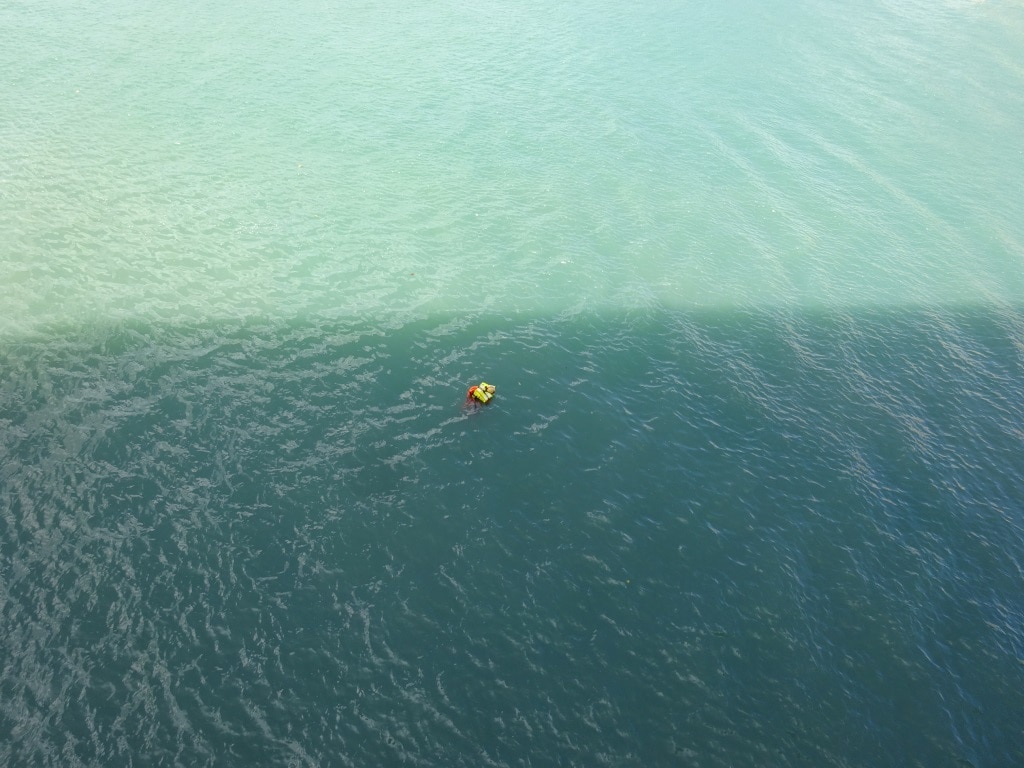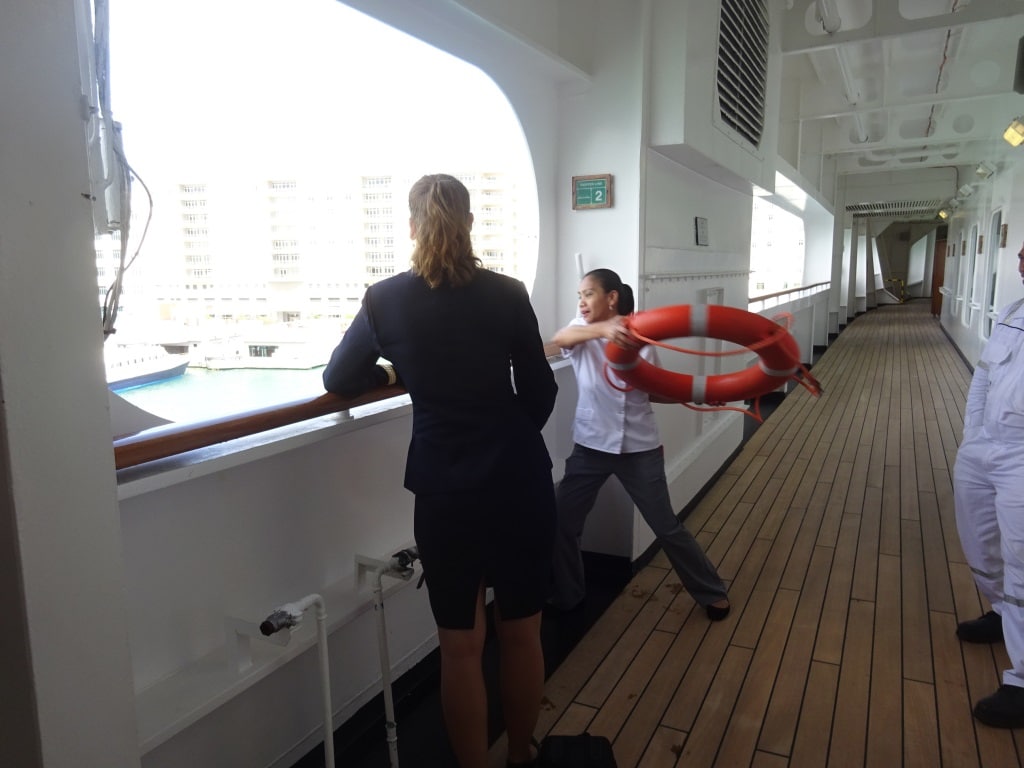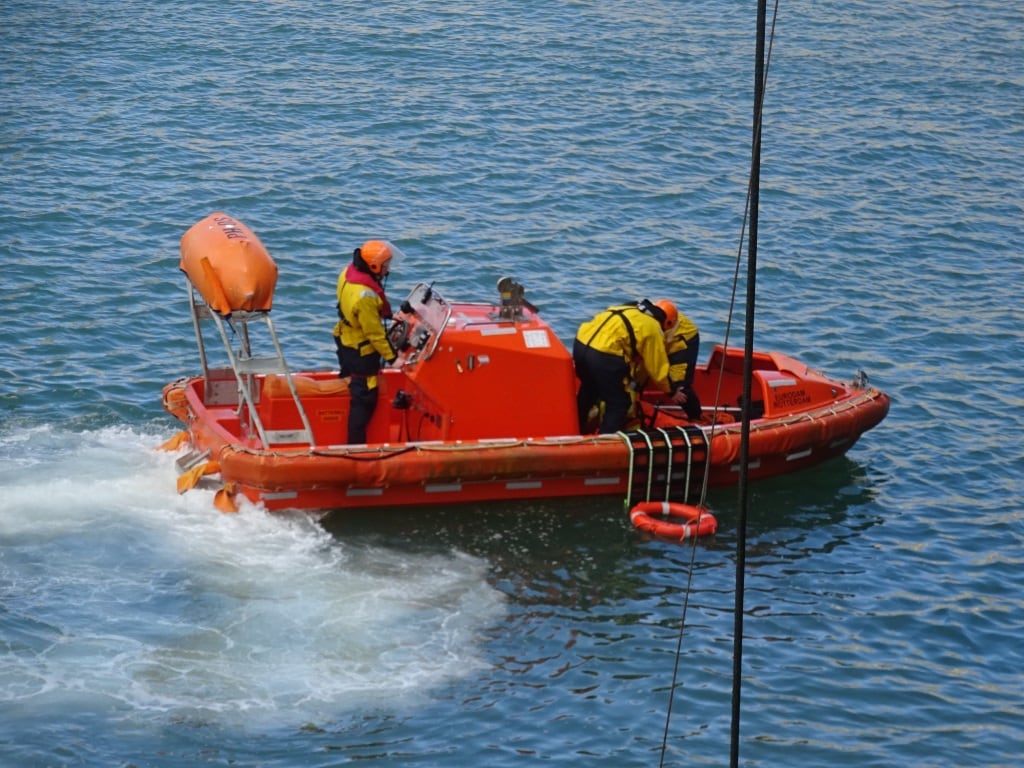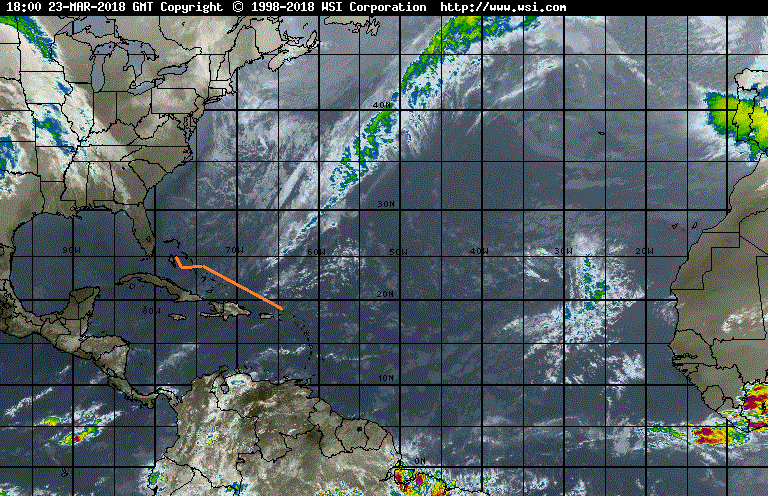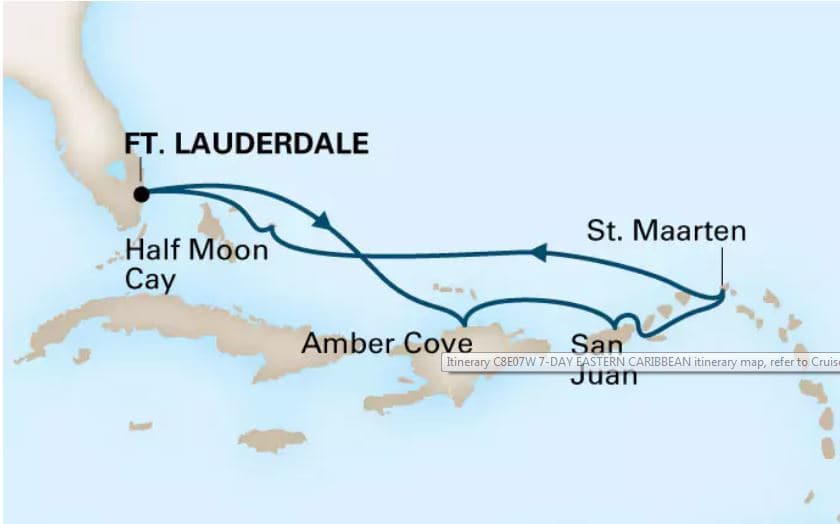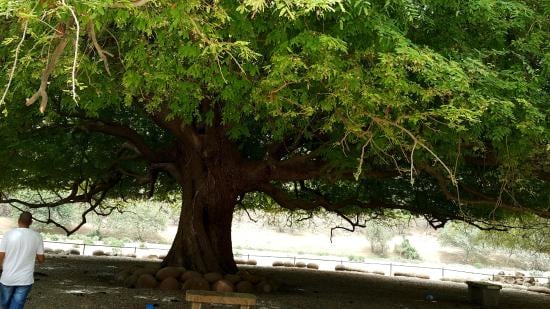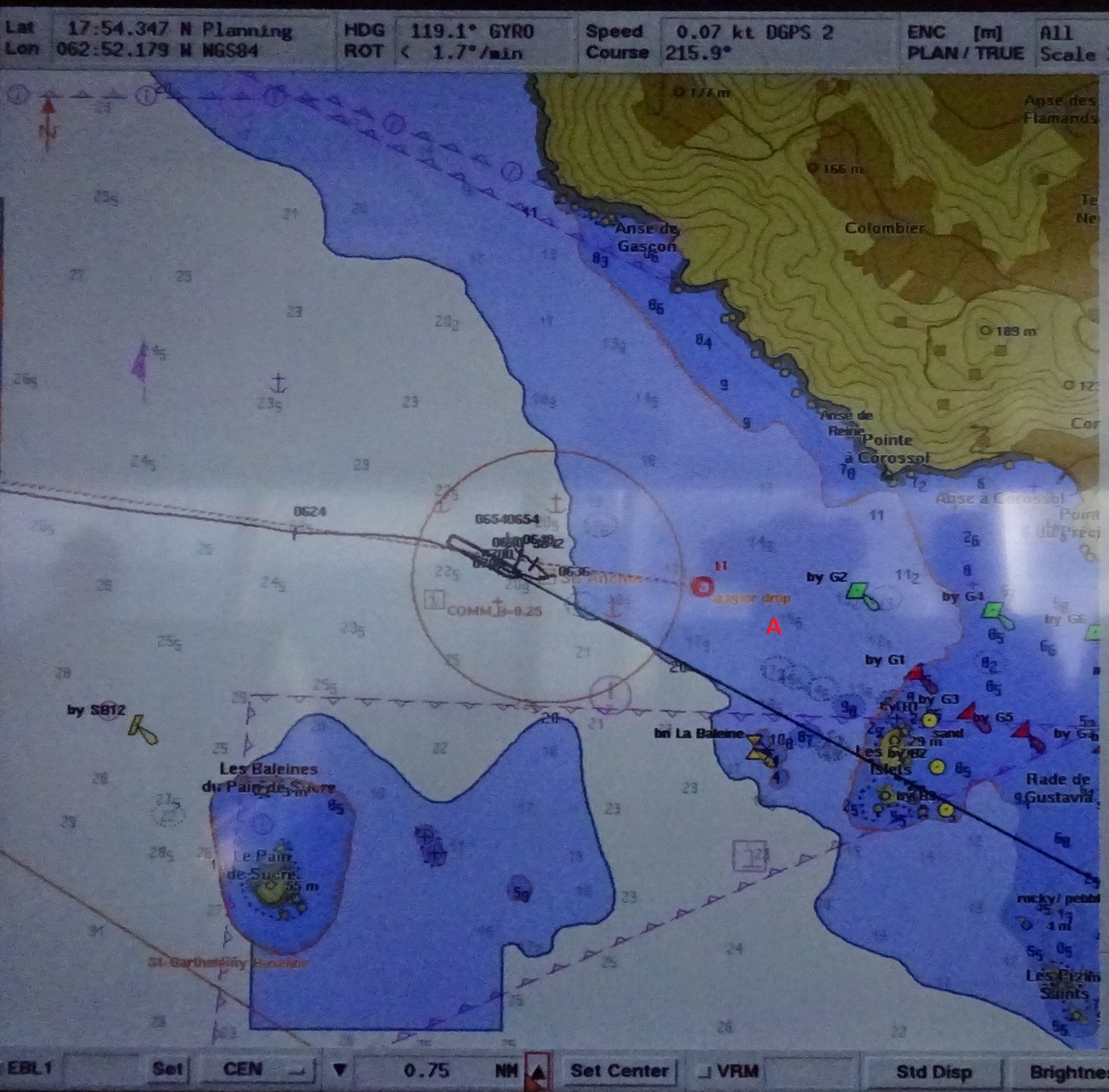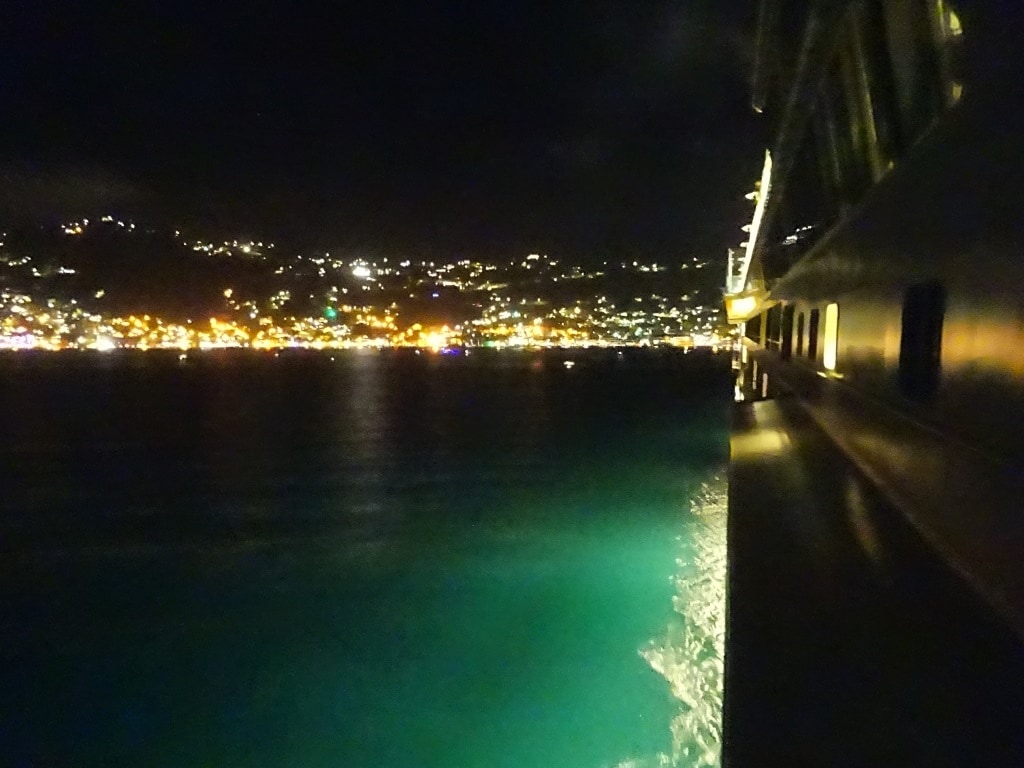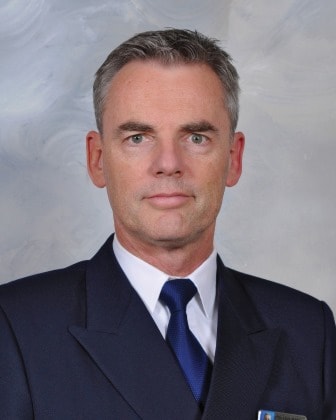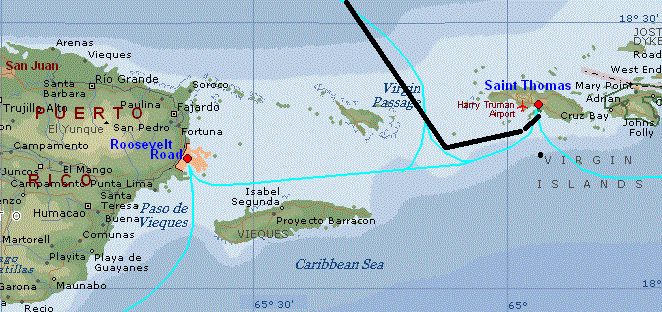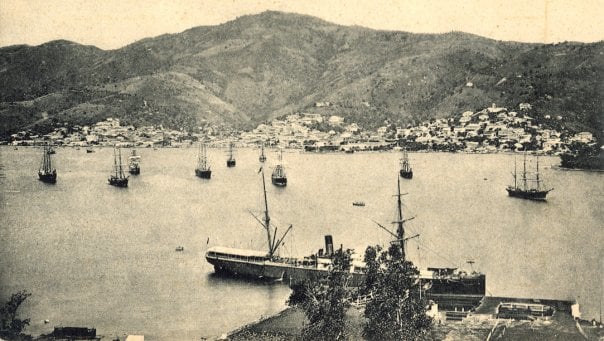Stavanger is the oil capital of Norway and although North Sea oil operation is a little bit in the doldrums at the moment, it is still an important part of the economy. It made Stavanger very rich and created very good living circumstances for the locals. Hence there are sufficient hotels to stay in and the company had no problems finding me a place for two nights. Today real life starts again as the Koningsdam promptly docked at 08.00 in the port at the same spot where the Seabourn Ovation was parked yesterday. But where the Ovation was docked bow in, the Master of the KODM preferred docking Nose out so the ship had its stern toward the end of the port basin. There where all the food stands were yesterday and still are today. I assume that the Festival will last until Sunday evening at least.
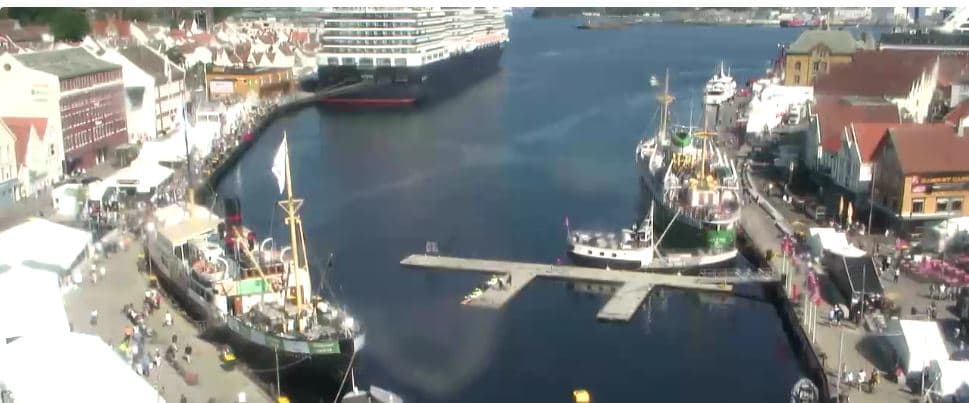
The old port of Stavanger. Yesterday my own photo of the Seabourn Ovation, this time a screen shot from the port webcam. In port also two museum ships, left the coastal steamer Roggaland, and to the right a slightly younger version the Sandnes. Both now in use as restaurants and exhibition centres. (Photo courtesy: Lesley Schoonderbeek, who has no hesitation to use Big Brother to try and keep track of me)
The Koningsdam is sailing to Norway for most of the summer and is now ending one of those cruises. Stavanger is the last port of the cruise and on the 22nd of July she will be back in Amsterdam to commence another 7 day cruise. The ship is now two years old and this time on board I will find out what has changed in those two years, if anything. What will be of even more interest is her sister, the ms Nieuw Statendam, coming out in December. The company has already said that there will be a number of changes based on the experience with the Koningsdam. Knowing Holland America then those changes, if successful, will also be applied to the Koningsdam. And this process will keep rolling forward when sister nbr 3, (which I call the X-dam for the time being) comes out in 2021.
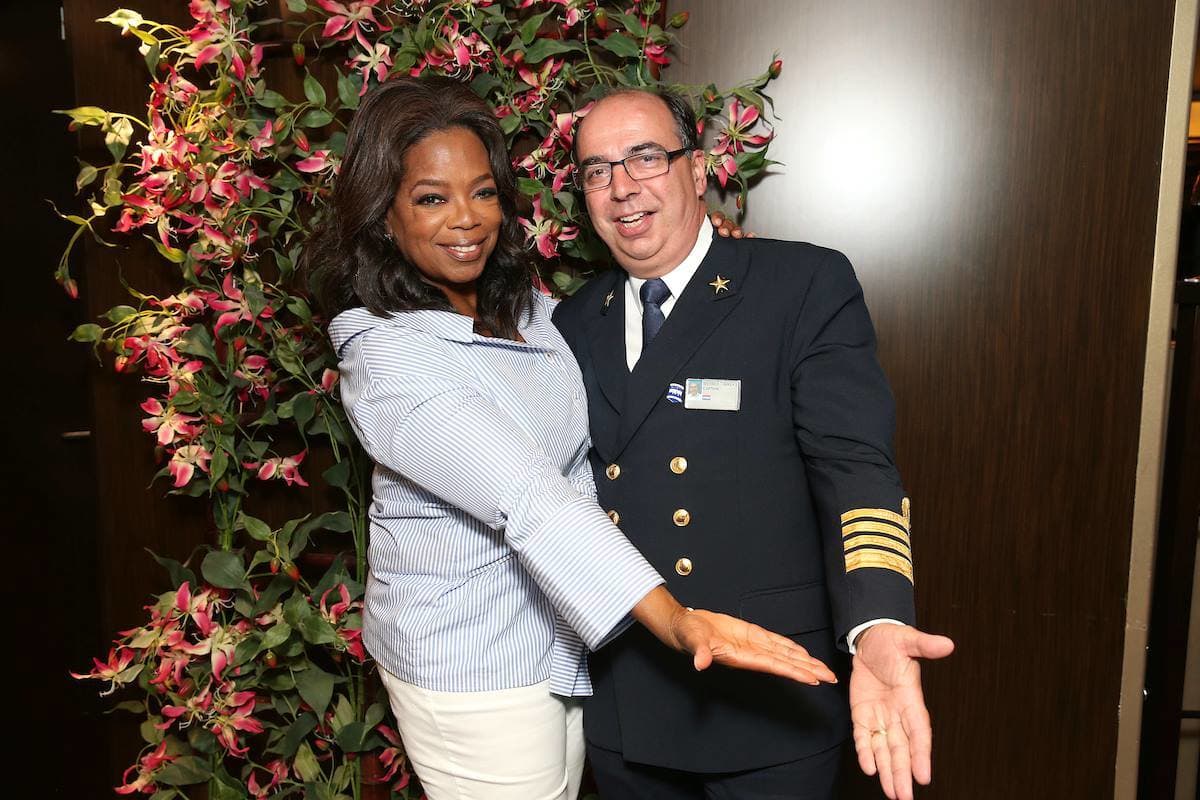
Captain Werner Timmers in a glamour shot taken during a cruise when Oprah Winfrey sailed to Alaska. (Photo courtesy: Holland America Line)
The Master of the vessel is Captain Werner Timmers, who I already know from when he joined Holland America back in the grey mists of time. He then followed me up the promotion ladder as he joined the company a few years after me. His previous ship was the Eurodam and has now come over after the latest “Musical Chair” operation from Nautical Operations to the Koningsdam. One of the two earlier Koningsdam captains is now in the shipyard for the new build of the Nieuw Statendam and the other one is currently instructor at our simulator in Holland. Sometime in the future he will then rotate back into the fleet. The alternating captain for the Koningsdam is Captain Noel O’Driscoll, lately from the Veendam, who will take over later in the season.
From Stavanger the Koningsdam will sail straight south to Amsterdam and tomorrow we will spend our day in the North Sea. Sunday morning will see an early arrival at the pilot station as from there it is about four hours to the Cruise Terminal in downtown Amsterdam.
I will be on board until August 05 and the plan for me is this time to focus on drills and provide training when I observe weak spots. And yes we will be messing around again with tenders as the sailors are very eager to get their licenses renewed. One afternoon of Captain Albert is much more pleasing than a repeat 5 day course in Manilla if their license is expired.
Middle and southern Europe is suffering at the moment under a heatwave and that makes the prediction for the weather for the coming days, quite easy, it will be warm and sunny.
